Looking at your listing of pg_language, this shows the default values: if I create a new database using createdb, PostgreSql 8.4/Debian, it's the same output. The listing may already contain another line for PL/pgSQL, depending on the version and/or your data center (pointed out by a_horse_with_no_name).
So you have
- "built-in functions" (internal)
- "Dynamically-loaded C functions" (c)
- "SQL-language functions" (sql)
If you run
CREATE LANGUAGE plpgsql;
there will turn up another line for PL/pgSQL (if you have the privilege).
If you installed PL/Java for example, you would get
- "Java trusted" (java)
- "Java untrusted" (javau)
which show up in the listing as well.
Some guidelines as for choosing a language
If you want a higher level language, consider Scala (requires support for PL/Java or JVM based stored procedures respectively). So you have the functional paradigma not only in SQL, but also in your stored function/procedure. Of course, like Java you have OOP as well.
If you are using Java, have a look at Java stored procedures (requires PL/Java). As for an example, look here. In contrast to PL/pgSQL, you have full OOP.
PL/Java tends to be difficult to install, so it's not really appreciated by data centers. It's worth the trouble, because you can have the same language both for client/application servers and for stored procedures/functions: There is no need to learn another language. For example, you can access result sets the same way. The only thing that differs is the JDBC URL. In contrast to PL/pgSQL, these stored procedures are portable, if the other database supports JVM based stored procedures as well.
If you have to choose one from the already available languages, consider PL/pgSQL. It's normally always installed, and you do not have to deal with memory allocations.
If you have to interface with the operating system/libraries, there is C. To get an impression, look here. It's not really difficult, it's just more boiler-plate around the functionality.
If you want C++, it gets harder, because the interface between PostgreSql and the C/C++ modules uses the C calling convention, so you should have a C file which sits between PostgreSql and your C++ module. To get an impression, look here.
If you are not using PL/pgSQL, the most difficult part is the installation (PL/Java), and the interfacing code (PL/Java, PL/C, PL/C++). If you have set it up initially, it's really a pleasure to have the language you really want in stored procedures/functions as well. It's worth the trouble.

